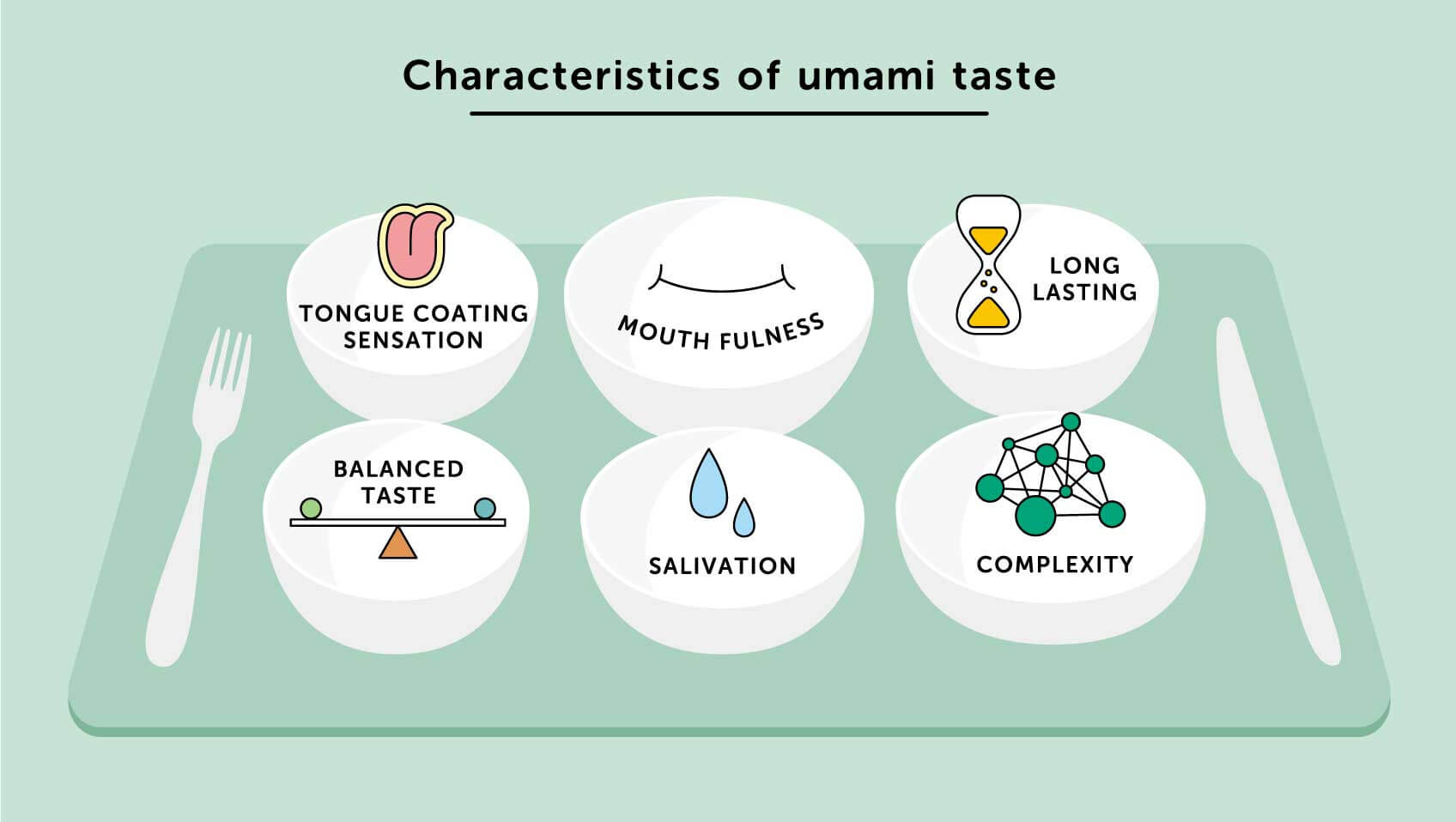Umami, often referred to as the “fifth taste,” is a flavor sensation that adds depth and richness to your meals. But what exactly is umami, and how can you harness its power to elevate your cooking? Let’s dive into the science behind this savory sensation and discover practical ways to enhance the flavor of your meals.
What is Umami?

Umami is a Japanese word that translates to “pleasant savory taste.” It was first identified by Dr. Kikunae Ikeda in 1908, who noticed that a certain type of seaweed broth had a unique taste that wasn’t sweet, sour, bitter, or salty. This discovery led to the recognition of umami as the fifth basic taste, alongside sweet, sour, bitter, and salty.
Umami is all about glutamates and nucleotides, which are naturally occurring compounds in many foods. Glutamates are found in abundance in foods like tomatoes, cheese, and mushrooms, while nucleotides are prevalent in seafood and meat. When these compounds are combined, they create a synergistic effect that amplifies the umami taste.
How to Identify Umami in Foods
One of the easiest ways to identify umami in foods is by looking for ingredients that are rich in glutamates and nucleotides. Here’s a quick list of common umami-rich foods:
- Tomatoes: Packed with glutamic acid, tomatoes add a natural umami flavor to sauces and soups.
- Cheese: Parmesan, Romano, and other aged cheeses are high in glutamates, making them perfect for grating over dishes.
- Mushrooms: Shiitake and portobello mushrooms are excellent sources of umami, especially when cooked.
- Seafood: Anchovies, sardines, and shellfish contain nucleotides that enhance the umami taste.
- Meat: Beef, pork, and chicken all contain nucleotides, especially when cooked slowly to develop rich flavors.
Enhancing Umami in Your Cooking

Now that you know what umami is and how to identify it in foods, let’s explore some practical ways to enhance the umami flavor in your cooking.
1. Use Umami-Rich Ingredients
Start by incorporating more umami-rich ingredients into your meals. For example, adding a splash of soy sauce to your stir-fry or sprinkling some Parmesan cheese on your pasta can make a world of difference.
2. Cook with Dried Mushrooms
Dried mushrooms, such as shiitake or porcini, are incredibly concentrated in umami. Rehydrate them in warm water and use the liquid as a base for soups or sauces. The mushrooms themselves can be chopped and added to dishes for an extra umami boost.
3. Experiment with Fermented Foods
Fermented foods like miso, tamari, and fish sauce are packed with umami. A small amount of these ingredients can add a deep, savory flavor to your dishes without overwhelming them.
4. Combine Ingredients for a Synergistic Effect
One of the most powerful ways to enhance umami is by combining ingredients that contain both glutamates and nucleotides. For example, pairing tomatoes with seafood or mushrooms with meat can create a more intense umami experience.
The Science of Umami Synergy

The concept of umami synergy is fascinating. When glutamates and nucleotides are combined, they create a taste that is greater than the sum of its parts. This is known as the “umami synergy effect.”
To illustrate this, let’s look at a simple table comparing the umami levels of individual ingredients versus their combined effect:
| Ingredient | Umami Level (Individual) | Umami Level (Combined) |
|---|---|---|
| Tomatoes | Medium | High |
| Anchovies | Medium | High |
| Mushrooms | Medium | High |
| Parmesan Cheese | High | Very High |
As you can see, combining these ingredients can significantly enhance the umami flavor in your dishes.
Practical Tips for Adding Umami to Your Meals
:max_bytes(150000):strip_icc()/what-is-umami-1664724_Hero_01-ec03cf9e0d8b40cbbbaba22917b6a9f6.jpg)
Here are some practical tips to help you incorporate more umami into your daily cooking:
- Use Broth Bases: Whether you’re making soup, stew, or a simple sauce, using a broth base that includes umami-rich ingredients like mushrooms, tomatoes, or miso can elevate the flavor.
- Grill or Roast Ingredients: Cooking foods like mushrooms, tomatoes, and meats over high heat can enhance their umami flavor. The Maillard reaction, which occurs when proteins and sugars are heated, adds a rich, savory taste.
- Add a Pinch of MSG: Monosodium glutamate (MSG) is a flavor enhancer that is pure glutamate. A small amount can add a significant umami boost to your dishes without changing the taste dramatically.
The Role of Umami in Healthy Eating
Umami isn’t just about enhancing flavor; it can also play a role in healthy eating. Because umami-rich foods often contain essential nutrients, incorporating them into your diet can help you feel more satisfied with fewer calories. For example, a small amount of Parmesan cheese on your salad can make it more satisfying, reducing the temptation to overeat.
Understanding and harnessing the power of umami can transform your cooking. By incorporating umami-rich ingredients and experimenting with combinations, you can create meals that are not only delicious but also deeply satisfying. So next time you’re in the kitchen, think about how you can add a little umami magic to your dishes. Your taste buds will thank you!






